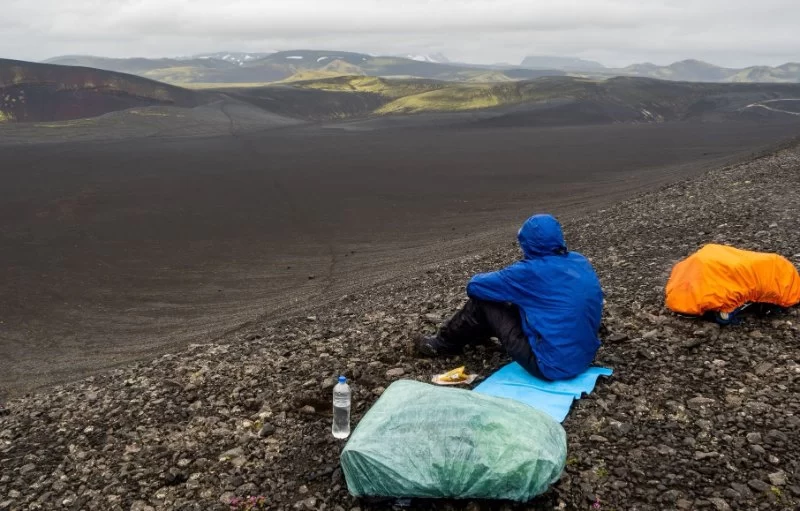How to Prepare for a Volcanic Ashfall While Backpacking in the Region
- understanding-volcanic-ash-and-its-impact-on-backpackers
- essential-gear-to-pack-for-ashfall-emergencies
- how-to-react-if-ashfall-begins-during-a-hike
- navigating-through-an-ashfall-event-real-case-from-indonesia
- after-the-ash-clears-steps-for-cleaning-and-recovery
- planning-your-next-volcano-hike-the-safe-way
1. Understanding Volcanic Ash and Its Impact on Backpackers
Volcanic ash may look like a harmless gray cloud, but don’t be fooled—it’s a mix of sharp rock, glass, and gas particles that can affect lungs, eyes, skin, and even electronics. For backpackers venturing into volcanic regions, ashfall can be more dangerous than the eruption itself. It reduces visibility, clogs breathing masks, and damages equipment like water filters, stoves, and tents. Awareness is the first step toward safety.
2. Essential Gear to Pack for Ashfall Emergencies
Every serious backpacker entering volcanic terrain should have an ashfall kit ready. This should include an N95 or better-rated mask, goggles with a seal (not just sunglasses), a durable tarp for shelter, extra water containers (ash can contaminate surface sources), and a bandana or buff for layering protection. Stash an emergency radio and headlamp with spare batteries since ash clouds can turn daylight into near-darkness. Pine Cliff Resort often recommends ashfall-specific gear during seasonal training sessions for hikers in active regions.
3. How to React If Ashfall Begins During a Hike
The moment ash begins to fall, avoid panic. Find shelter immediately—ideally a sturdy hut or a densely forested area with overhead protection. If no cover is available, construct a quick lean-to with a tarp or even your backpack’s rain cover. Stay low and minimize movement. Breathe through your mask and avoid talking. Ash can also be electrically charged, so put away electronics if lightning is present. If you’re near a trail used by others, mark your path discreetly with biodegradable tape or reflective strips.
4. Navigating Through an Ashfall Event – Real Case from Indonesia
In 2022, a group of German hikers near Mount Semeru in East Java was caught in a surprise ashfall event. One hiker, Lisa M., documented the moment on video: “It was like twilight at noon, with this suffocating smell of sulfur.” They had only one N95 mask between them. Fortunately, they used a tent groundsheet as a makeshift shield and managed to reach a ranger post five hours later. What saved them? A compact emergency kit and steady nerves. This story became a valuable case study in disaster preparedness forums across Southeast Asia.
5. After the Ash Clears – Steps for Cleaning and Recovery
After an ashfall, resist the urge to immediately pack up and move. First, gently brush ash off your clothing and equipment—do not use water, as it can create corrosive sludge. Rinse only after dry brushing. Clean filters, lenses, and masks with care. Wash your eyes and nose with clean water. Check your food packaging for damage. And don’t forget to log your experience—it could help the next traveler stay safe.
6. Planning Your Next Volcano Hike the Safe Way
Volcano zones are beautiful but demand respect. Before heading out, check geological alerts, speak with local rangers, and leave your itinerary with someone back home. Pine Cliff Resort offers seasonal training for backpackers venturing into active regions and connects guests with local experts for safer treks. With proper knowledge and preparation, even areas prone to volcanic activity can be experienced safely and meaningfully.
In the end, knowing how to prepare for a volcanic ashfall while backpacking is about more than survival—it's about appreciating nature’s power while staying protected in its presence.







